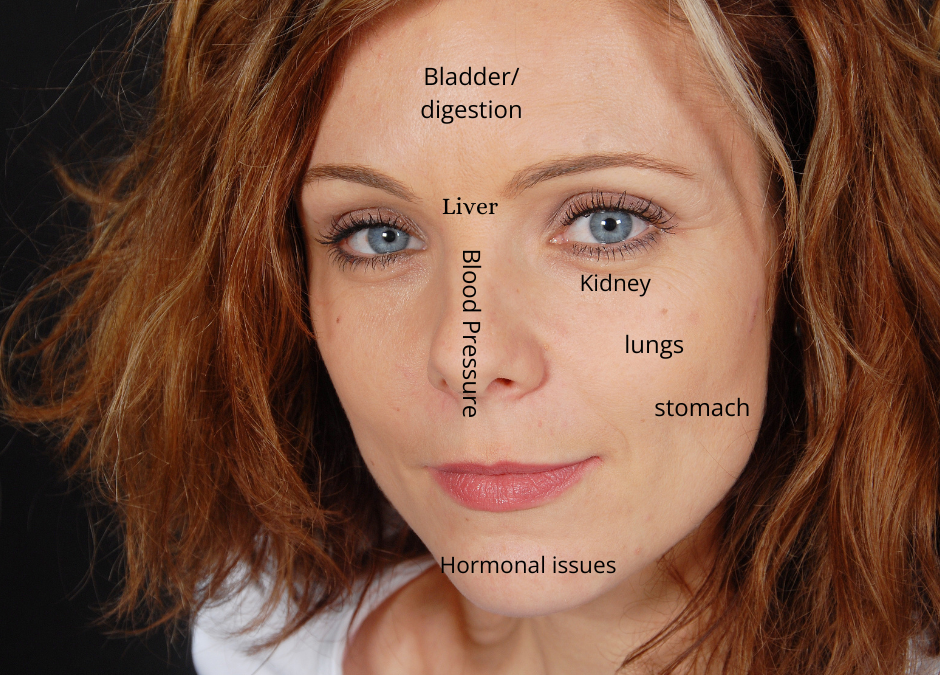In our quest for flawless skin, we often find ourselves trying various skincare products, experimenting with different routines, and seeking expert advice. However, amidst this journey, a lesser-known but incredibly insightful practice could offer valuable clues about our skin health: face mapping.
Face mapping is an ancient practice rooted in traditional Chinese medicine and Ayurveda, which suggests that our skin reflects the state of our internal health. According to this concept, different face areas are connected to specific organs and systems within the body. One can potentially identify underlying health imbalances or concerns by observing the location of blemishes, breakouts, or other skin issues.
Let’s delve deeper into this fascinating concept:
Understanding the Basics of Face Mapping:
Face mapping divides the face into zones, each corresponding to different organs or bodily systems. While variations exist across different cultures and practices, some common interpretations include:
- Forehead: The forehead is linked to the digestive system and bladder. Breakouts or congestion in this area might indicate poor digestion, dehydration, or stress.
- Cheeks: The cheeks are associated with the respiratory system, lungs, and intestines. Acne or redness here could indicate allergies, pollution, or respiratory problems.
- Nose: The nose is believed to reflect the heart and circulatory system. Redness, blackheads, or oiliness suggest high blood pressure, poor circulation, or heart-related issues.
- Chin and Jawline: These areas are connected to hormonal balance and the reproductive system. Breakouts or cysts here are commonly linked to menstrual cycles, hormonal fluctuations, or digestive issues.
- Eyes and Surrounding Area: Dark circles, puffiness, or discoloration around the eyes can signify various factors such as lack of sleep, kidney issues, or liver congestion.
Using Face Mapping as a Diagnostic Tool:
While face mapping offers intriguing insights, it’s essential to approach it with a holistic perspective. Here’s how you can use it effectively:
- Observation: Regularly observe your skin and note patterns or changes in specific areas. Keep track of your diet, lifestyle habits, and overall health condition.
- Consider Context: Understand that various factors can influence skin health, including genetics, environment, and skincare products. Consider all these elements when interpreting facial signals.
- Seek Professional Guidance: While face mapping can provide valuable clues, it’s not a substitute for professional advice. Consult an esthetician or healthcare provider for concerns about your skin or overall health.
- Address Underlying Issues: Instead of solely treating surface symptoms, aim to address the root causes identified through face mapping. This might involve lifestyle modifications, dietary changes, stress management techniques, or targeted skincare routines.
Embracing a Holistic Approach to Skincare:
Incorporating face mapping into your skincare routine can offer a deeper understanding of your skin’s needs and empower you to make informed choices. However, it’s essential to view skincare as part of a broader approach to wellness that encompasses physical, mental, and emotional health.
By listening to the messages encoded in our skin, we can cultivate a harmonious balance within our bodies and achieve radiant skin from the inside out. So, the next time you notice a blemish or breakout, take a moment to listen to what your skin is telling you through the ancient art of face mapping. Your skin might be vital to unlocking a healthier, more vibrant you.


Recent Comments